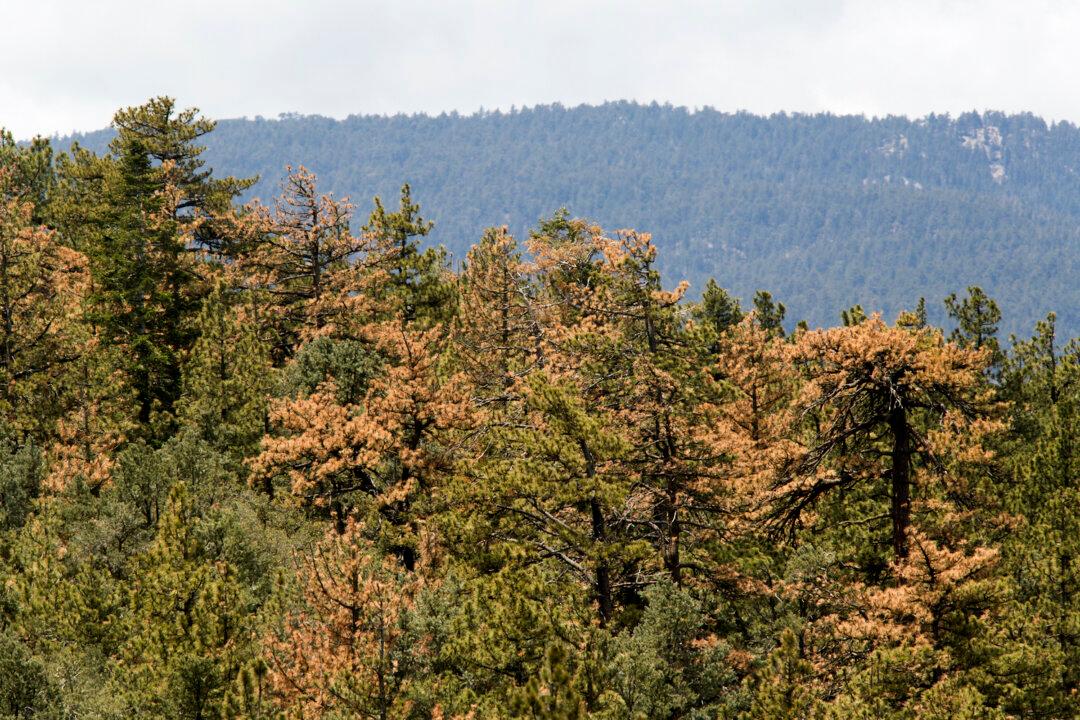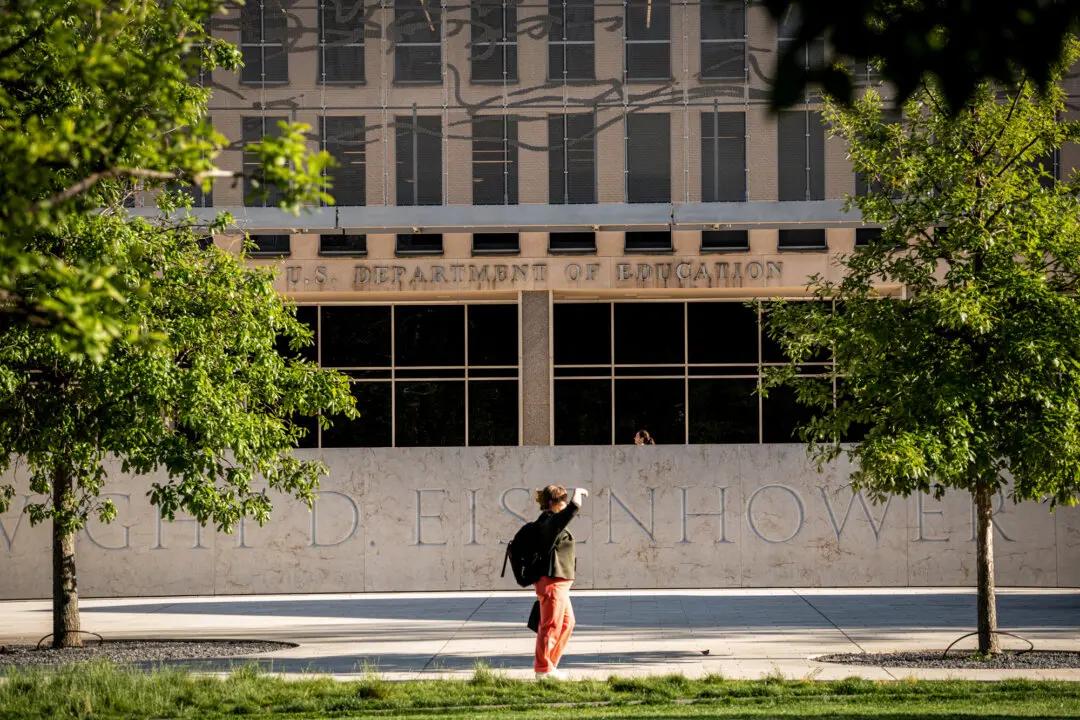The federal government is encouraging local business to tap into a $25 million grant to remove fallen wood from national forests.
The goal of the federal grant, called the Hazardous Fuels Transportation Assistance Grant, is to reduce wildfire risk across the nation while supporting rural economies, said the U.S. Department of Agriculture (USDA).





